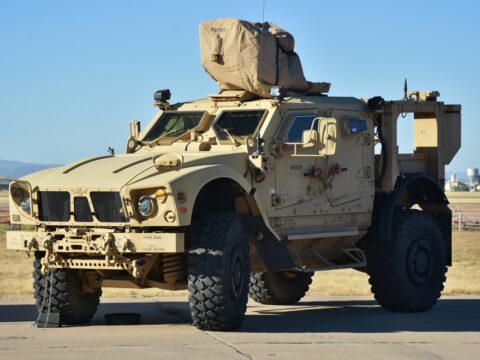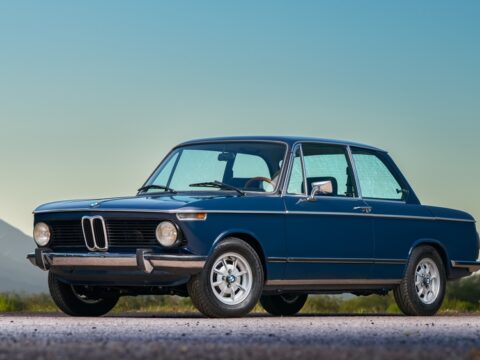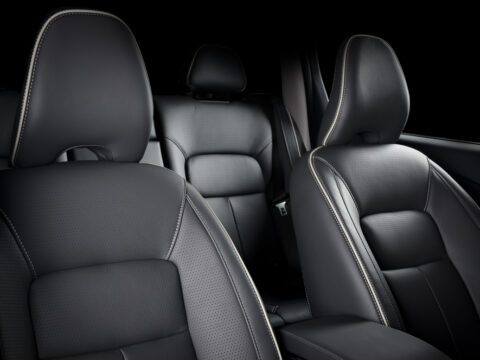The rickshaw, often seen as a quaint relic of the past, is actually a treasure trove of history and cultural significance. This humble vehicle has navigated through the evolution of urban transport and remains a symbol of ingenuity and resilience. As we delve into its fascinating story, we uncover a myriad of surprising facts that reveal the rickshaw’s impact and the diverse roles it has played across different cultures and eras. Join us on this journey to explore the unexpected aspects of this enduring mode of transportation.
Contents
Origin in Japan, 1869

Although commonly associated with China, the rickshaw originated in Japan in 1869. Invented by Izumi Yosuke, it quickly became a popular mode of transportation due to its human-powered design, offering swift mobility in urban areas before the advent of motorized vehicles.
Introduction to China in 1873
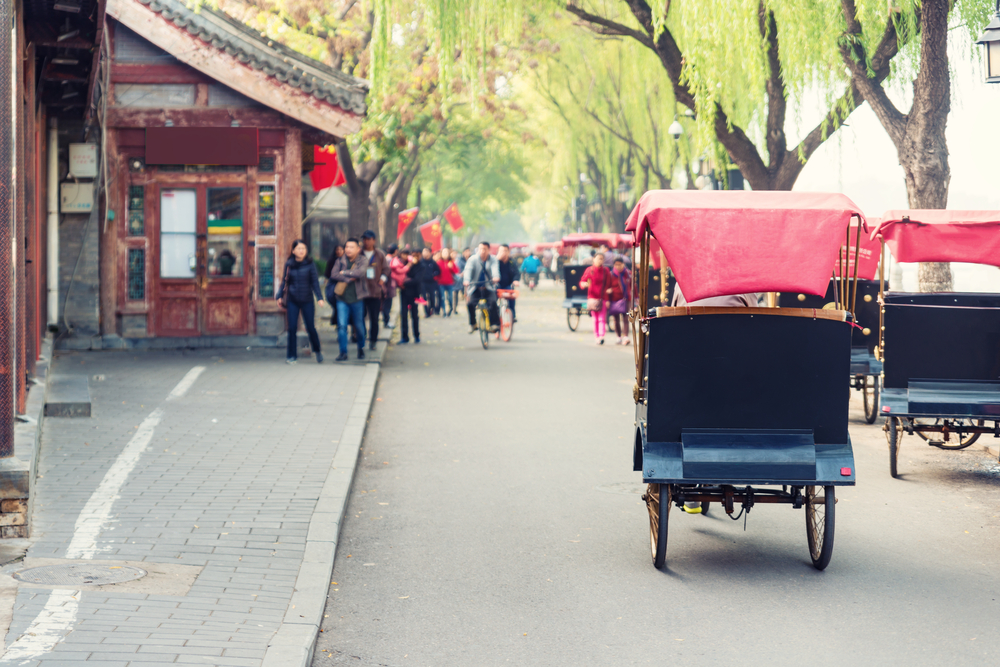
The rickshaw was introduced to China in 1873, where it became a staple of daily transportation. In sprawling cities, rickshaws were essential for navigating narrow lanes and crowded streets, becoming a symbol of urban life in Asian cities.
Use of Man-Powered Rickshaws Post-WWII
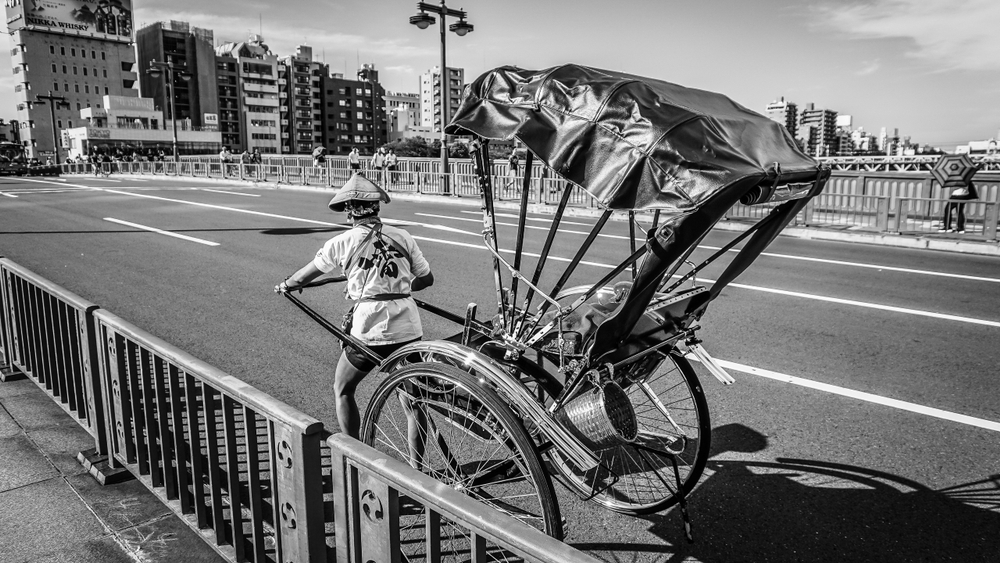
After World War II, man-powered rickshaws became a crucial source of employment for many Asian men. In war-ravaged economies, these rickshaws provided an accessible job opportunity, requiring minimal capital but considerable human endurance.
Popularity in Kolkata, India
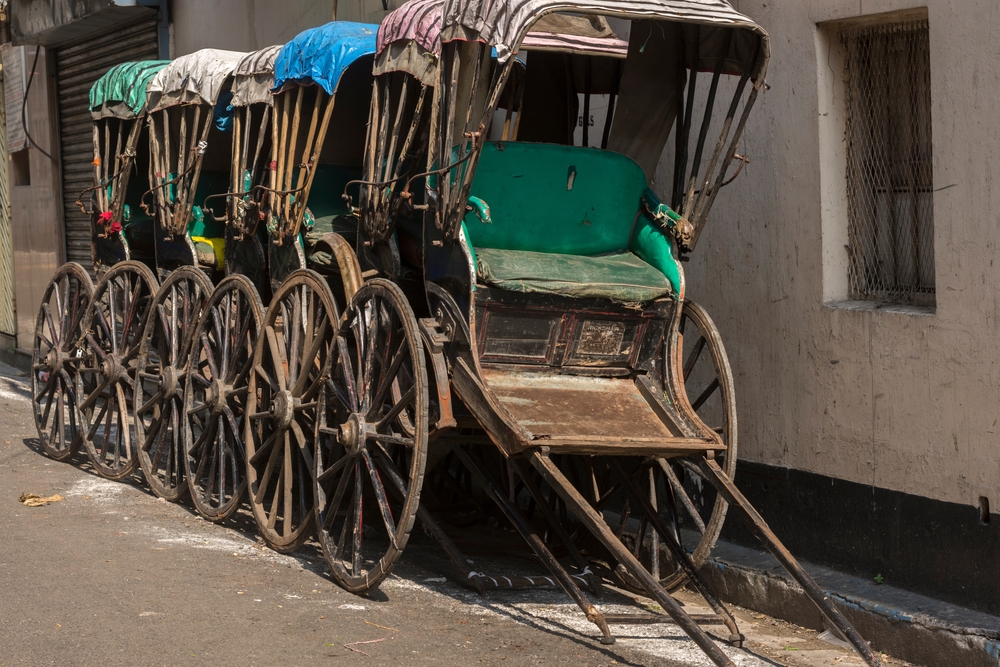
In Kolkata, the hand-pulled rickshaw has been a controversial yet enduring symbol of human endurance. Despite modernization, these rickshaws have persisted, highlighting the complex interplay of tradition, poverty, and employment in developing urban landscapes.
Introduction of Rickshaws in Africa
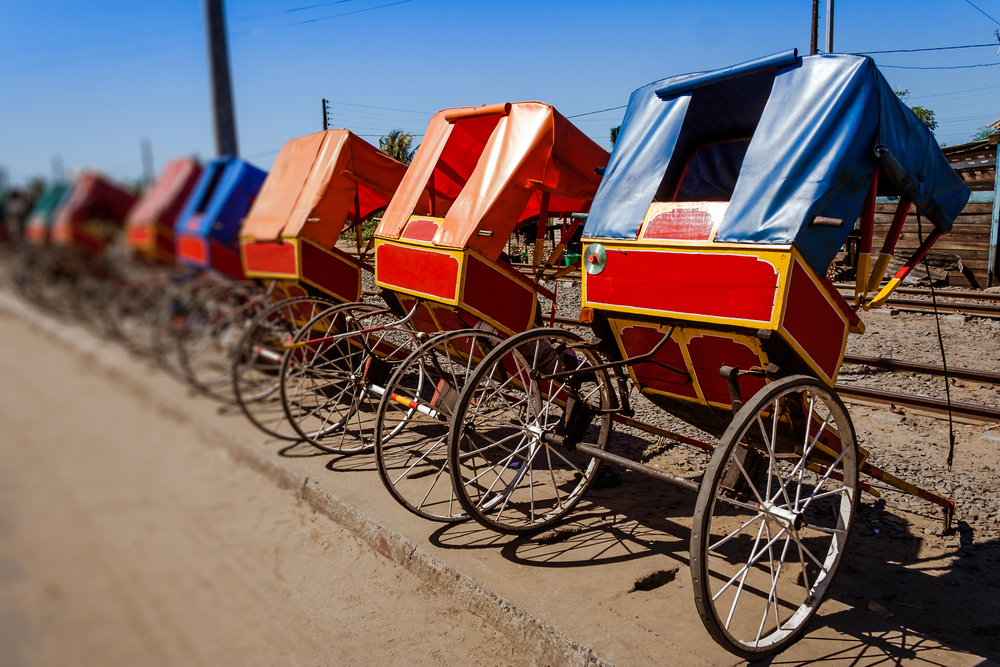
Rickshaws were introduced to Africa by Asian immigrants and quickly adapted to local needs. In countries like South Africa, they became embellished cultural icons, especially in tourist areas, showcasing the adaptability of this transport form.
Rickshaw’s Popularity in Japan

In Japan, rickshaws became immensely popular as they were suited to the country’s dense urban environments and provided an affordable transportation option for the burgeoning middle class during the Meiji era.
Tri-Wheel Bicycle Rickshaw in Macau
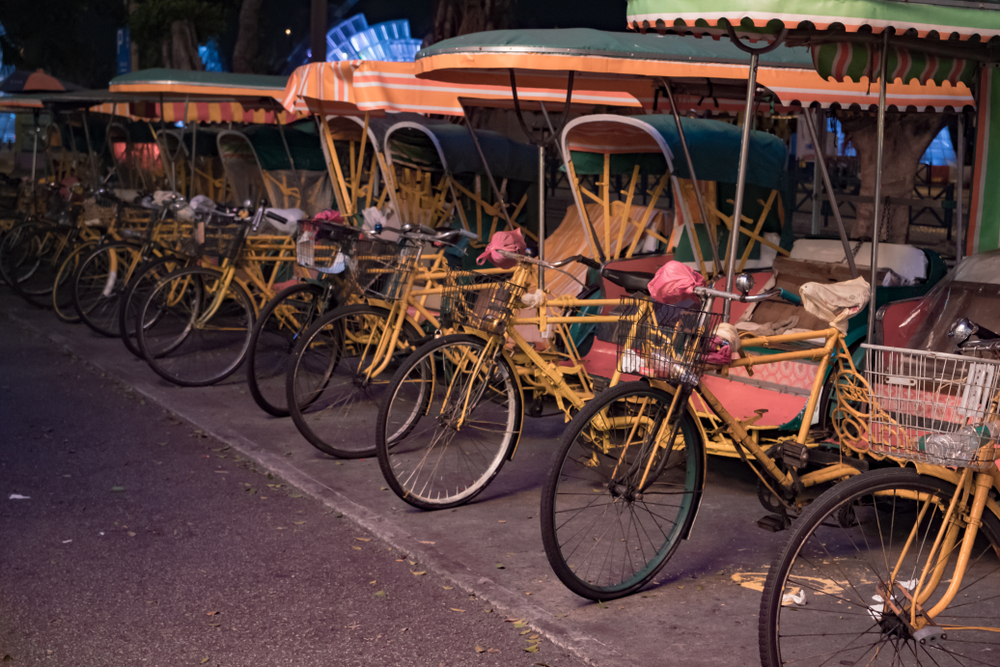
Macau is one of the few places where the tri-wheel bicycle rickshaw is still used, mainly for tourism. This mode of transport provides a nostalgic experience, connecting modern visitors with the region’s colonial history.
Rickshaw Art in Bangladesh
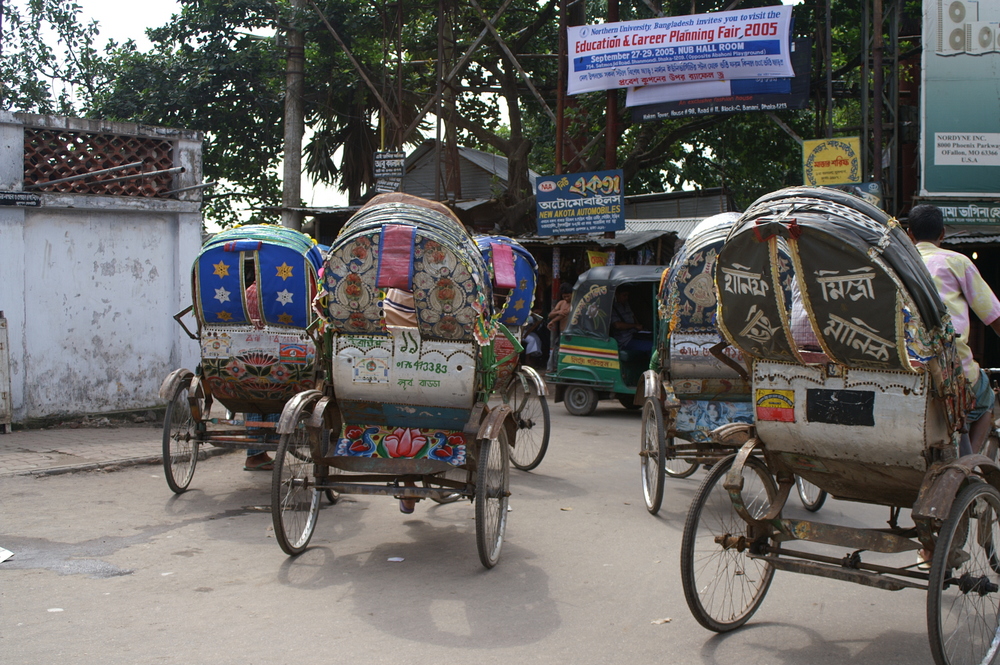
In Bangladesh, rickshaws are not just a transport; they are moving art. Decorated with vibrant paintings and intricate crafts, these rickshaws reflect the cultural pride and artistic heritage of the region.
Transition to Auto Rickshaws
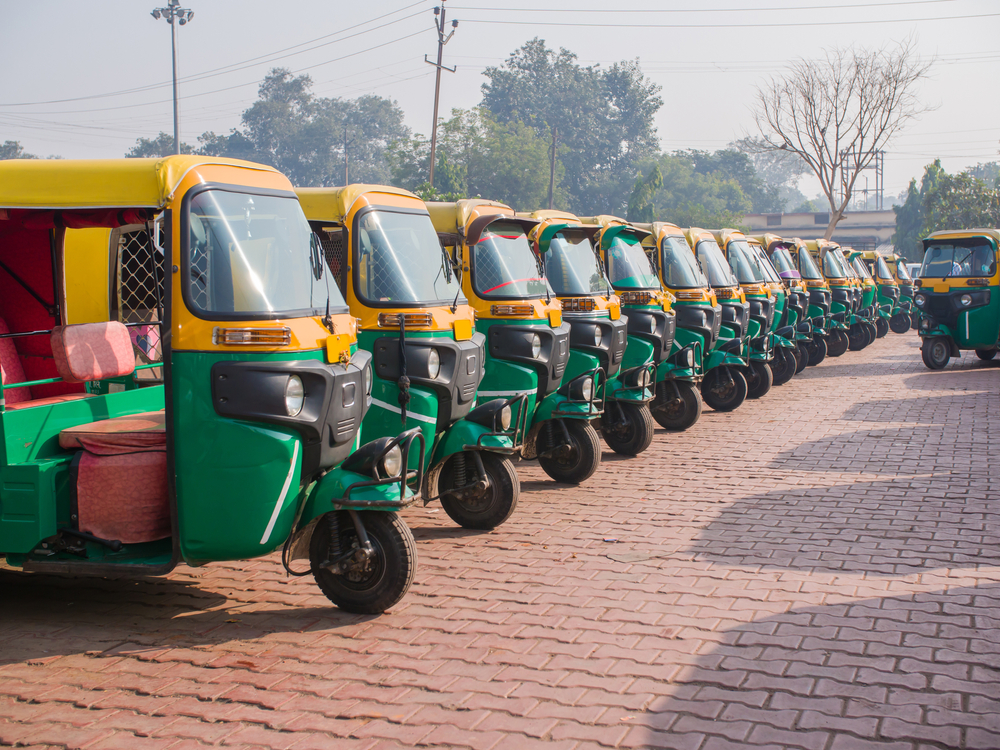
The introduction of auto rickshaws marked a significant transition from human-powered to motorized forms. This evolution helped retain the cultural essence of rickshaws while reducing the physical strain on operators.
Rickshaw as a Cultural Icon in Films and Literature
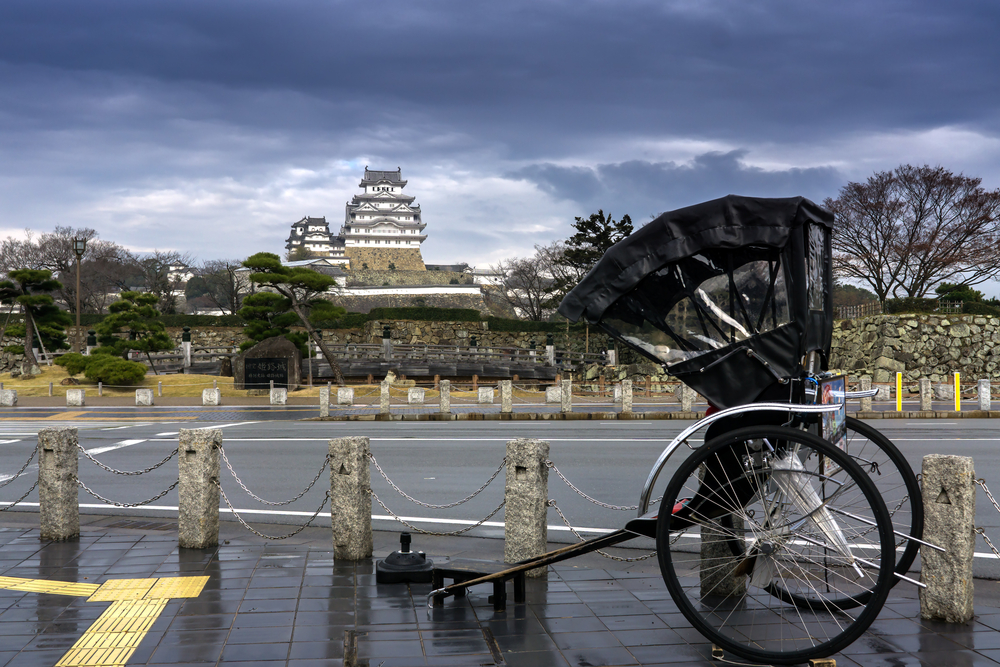
Rickshaws have often been depicted in films and literature, symbolizing various themes such as struggle, romance, and resilience in Asian cultures, profoundly impacting international perceptions.
Innovations in Rickshaw Design

Over time, innovations such as lighter materials and gear systems have been introduced to make rickshaws more efficient and less labor-intensive, aligning with modern ergonomics and worker welfare.
Environmental Impact of Rickshaws
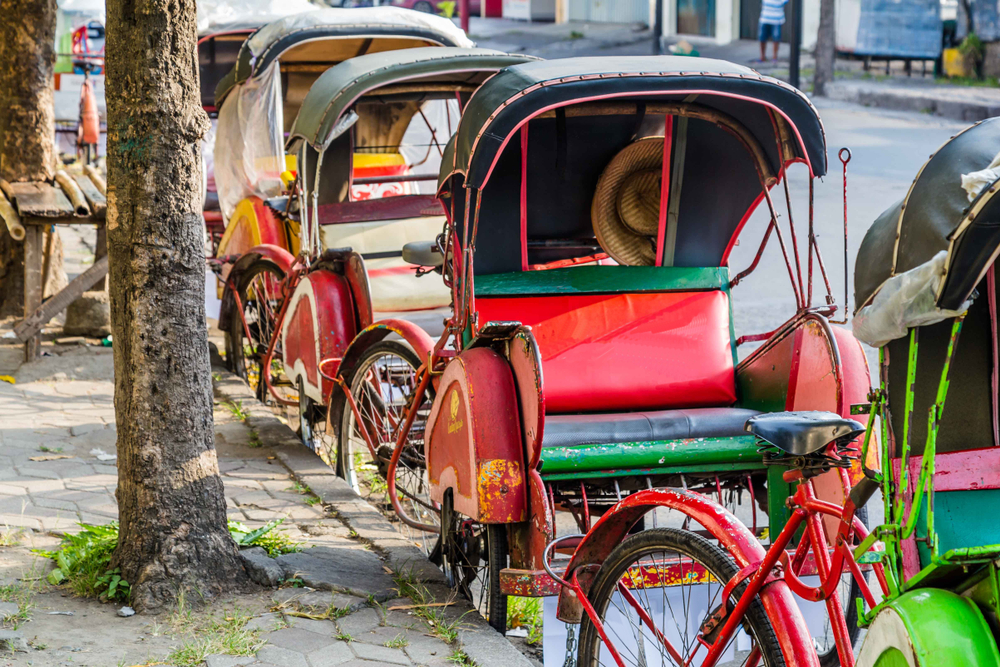
Rickshaws, especially non-motorized ones, have a low environmental footprint. They have been reevaluated in the context of modern urban planning as sustainable, traffic-reducing options.
Tourism and Rickshaws
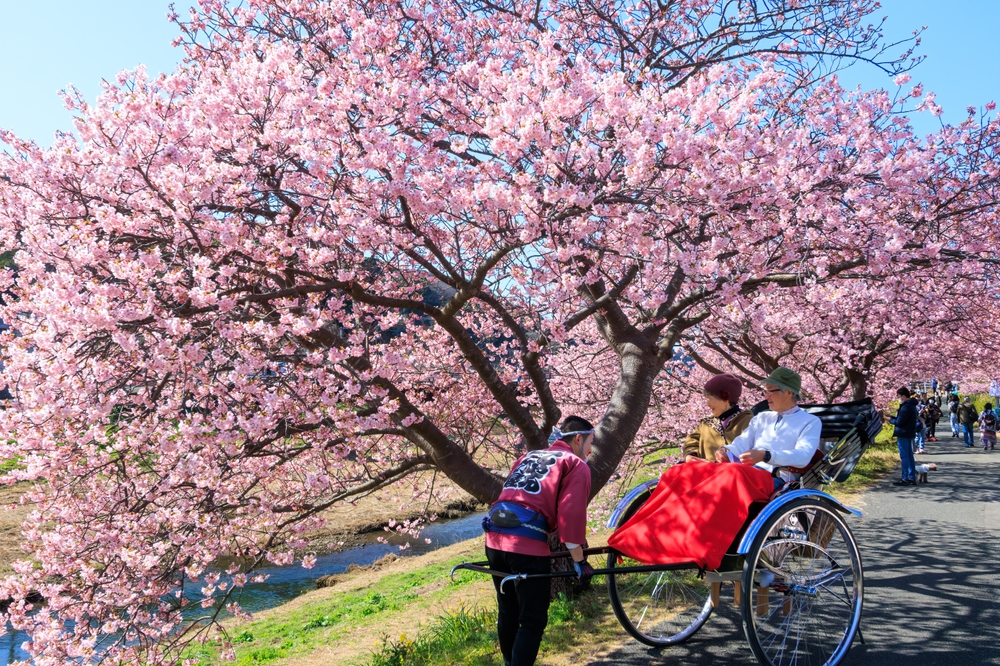
In many cities, rickshaws have transitioned from everyday transport to tourist attractions, offering authentic local experiences while preserving historical transport methods.
Regulations and Rickshaw Bans
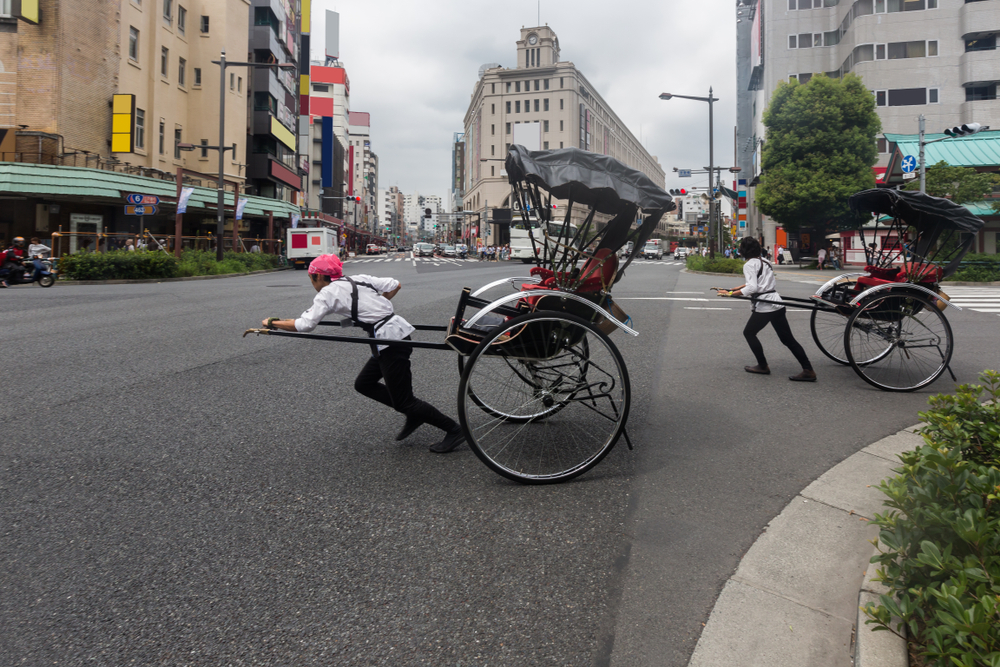
Various cities have implemented regulations or outright bans on rickshaws to reduce congestion and improve road safety, reflecting the changing dynamics of urban mobility.
Economic Impact on Rickshaw Pullers

Economically, rickshaw pulling has been both a lifeline and a hard labor for many. It highlights the issues of economic disparity and the need for better labor conditions.
Global Spread of Rickshaws
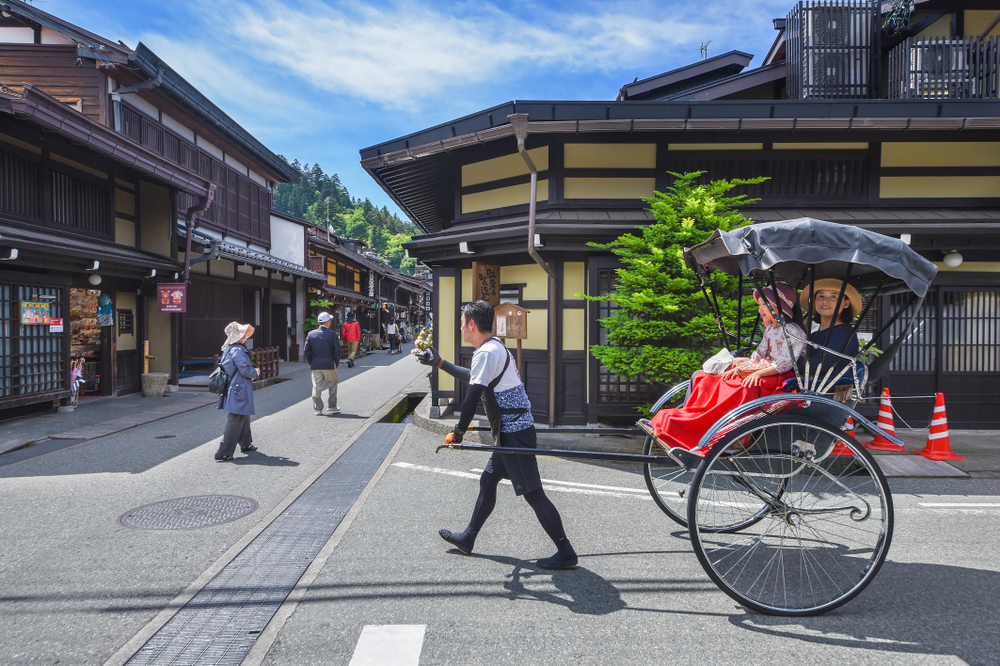
From Asia to Africa to America, rickshaws have spread globally, adapting to local cultures and needs, demonstrating their versatility and enduring appeal.
Rickshaws in Modern Urban Design
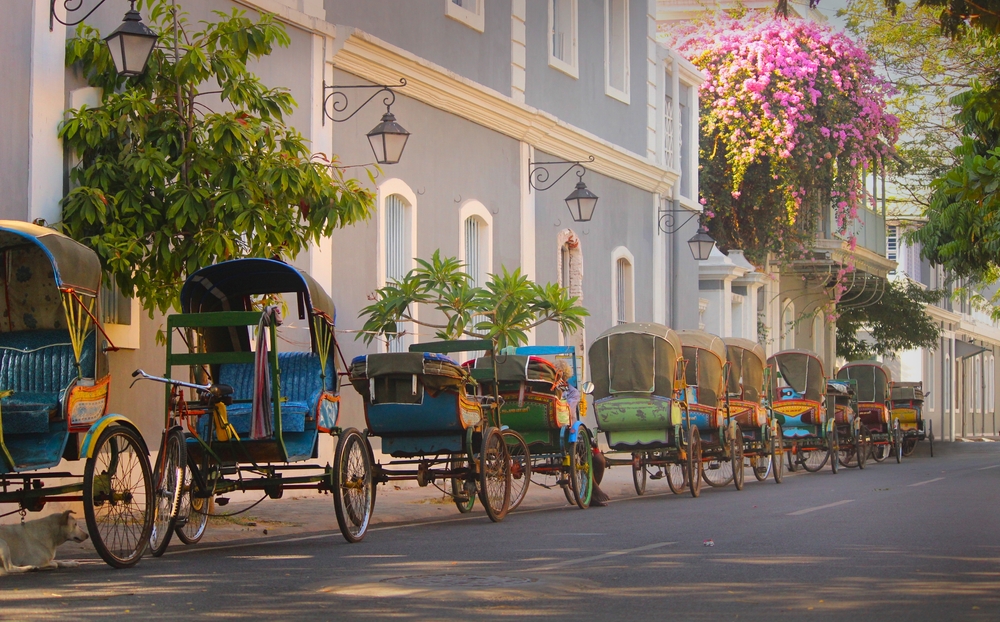
Some modern cities have reintegrated rickshaws into their urban design, using them in car-free zones and tourist districts to promote eco-friendly transport.
Ceremonial Use of Rickshaws
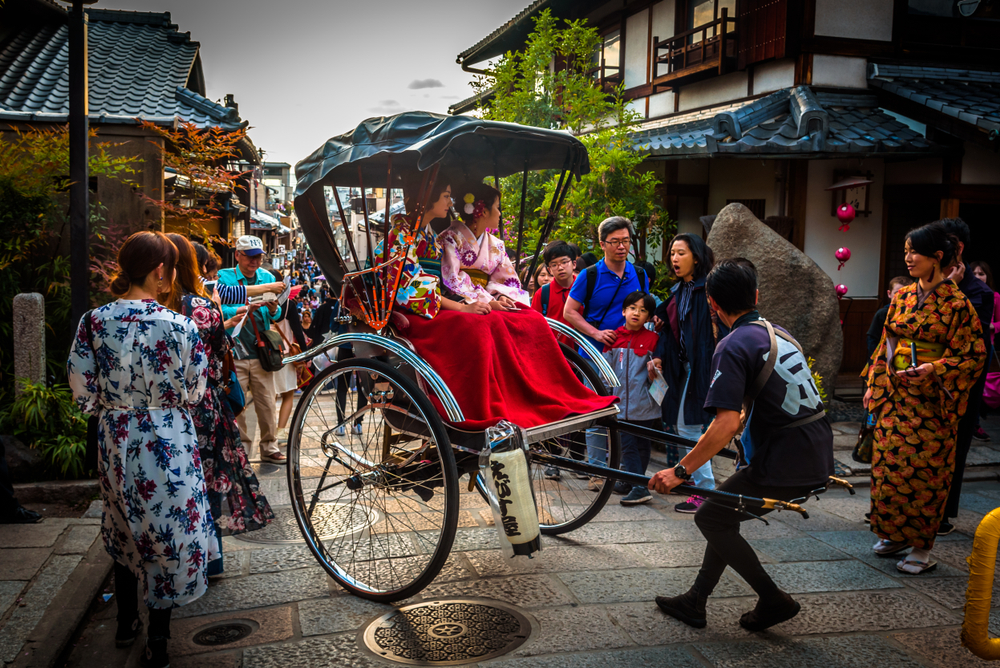
In some cultures, rickshaws are used in weddings and other ceremonies, decorated elaborately to celebrate special occasions.
Impact of Modern Transportation
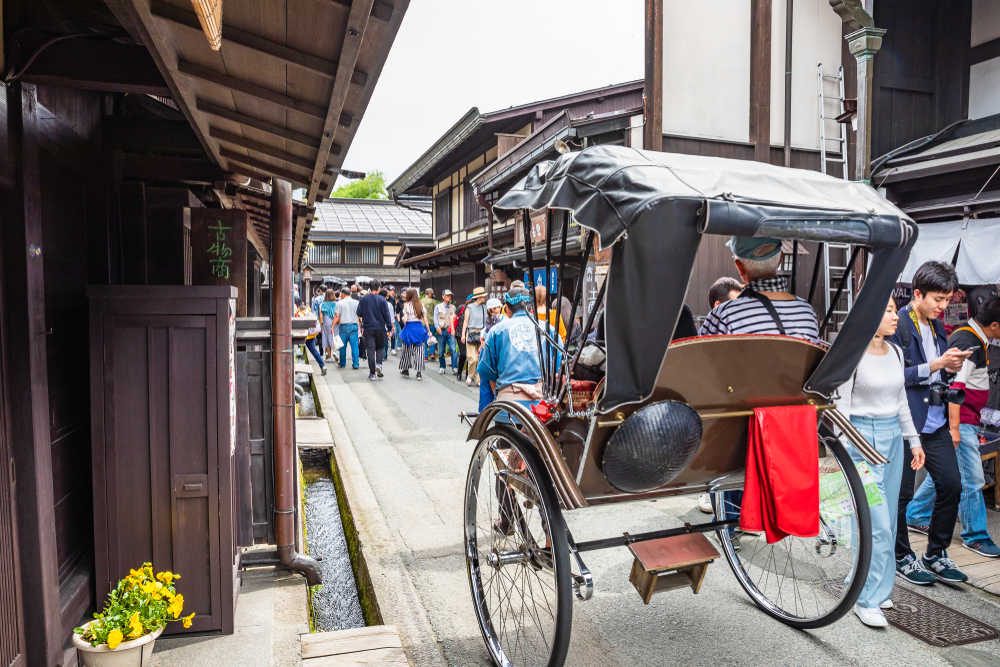
As cars, buses, and trains became more accessible, the popularity of rickshaws declined. However, they remain relevant in areas where modern transport is impractical.
Preservation of Historic Rickshaws
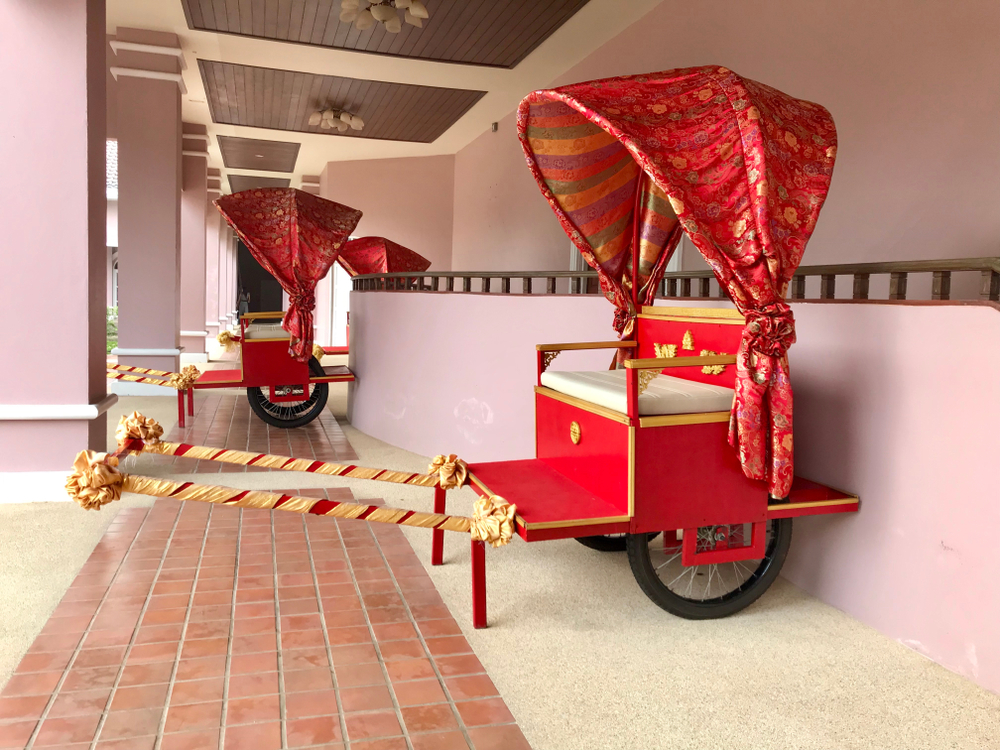
Museums and cultural organizations have begun preserving historic rickshaws as artifacts of cultural heritage, educating new generations about their historical significance.
The Shift Towards Electric Rickshaws
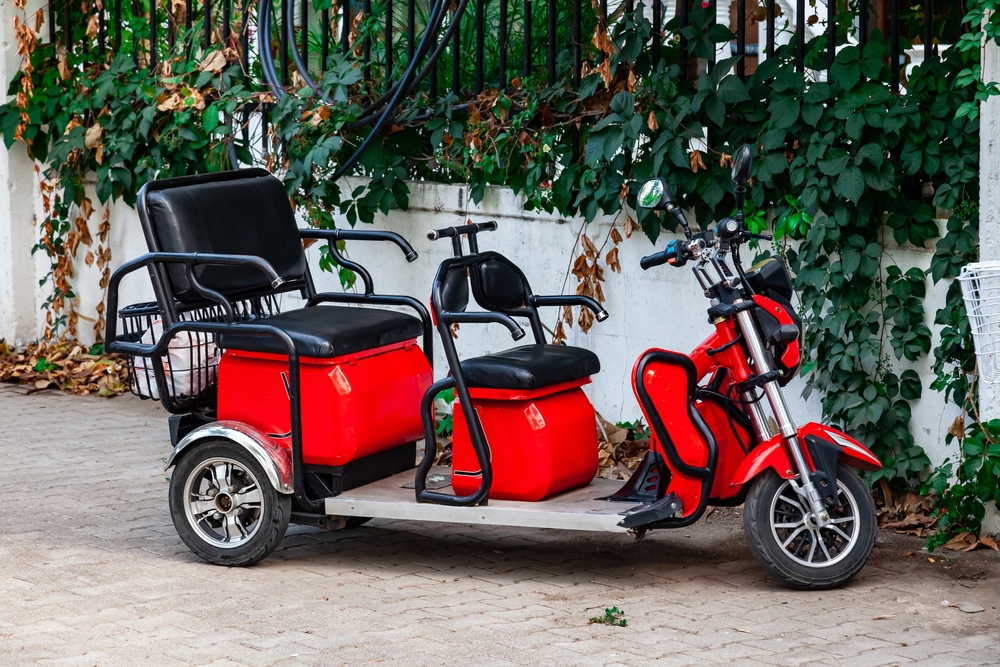
Electric rickshaws are becoming increasingly popular as they offer a more sustainable and efficient alternative to traditional rickshaws, aligning with global trends towards electrification.
This article originally appeared on MyCarMakesNoise.
More from MyCarMakesNoise
10 Benefits of Driving Hybrids Over Conventional Cars
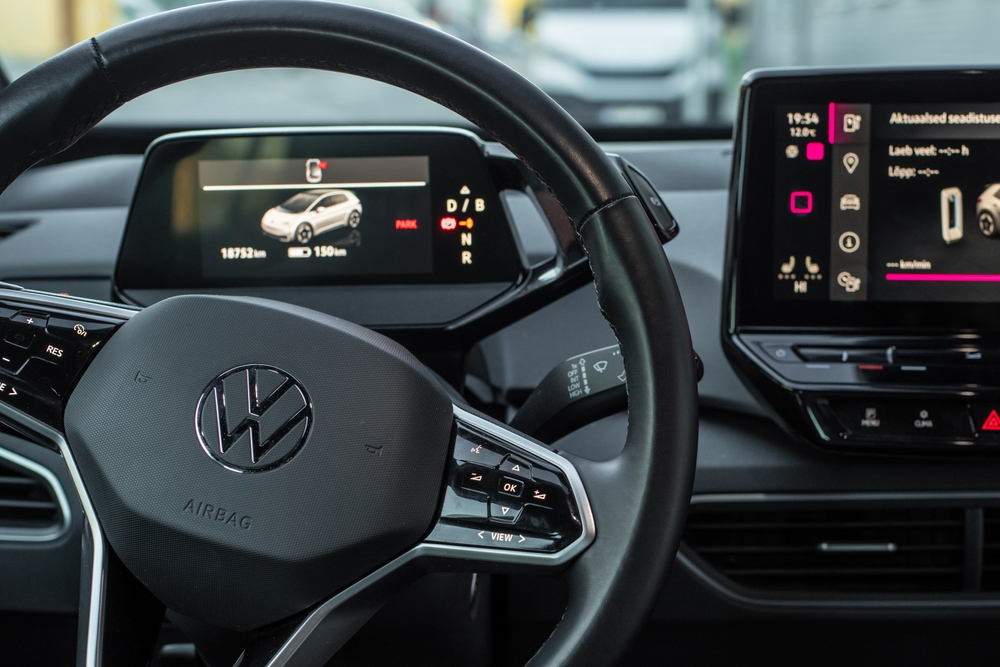
As the tides turn against conventional gasoline engines, the allure of hybrids goes beyond just being eco-friendly. Read More.
10 Must-Have Motorcycle Accessories for Comfort and Protection
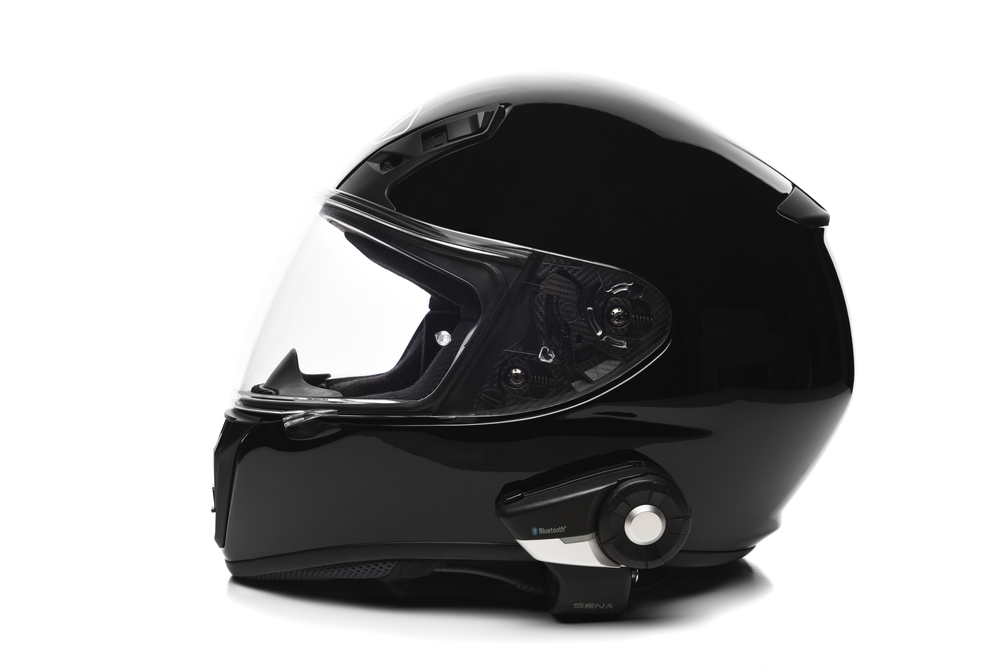
This article delves into those often overlooked essentials that not only elevate the riding experience but also ensure safety and convenience at every twist and turn. Read More.
The 14 Most Fuel-Saving Motorcycles
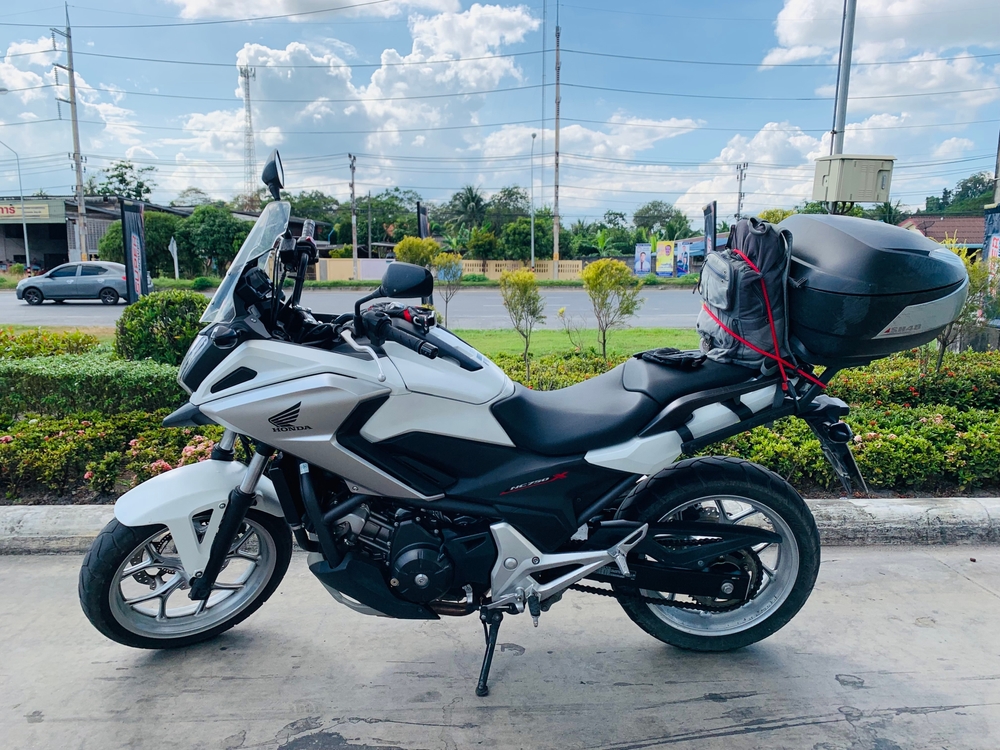
As urban landscapes continue to expand and roads become increasingly congested, the need for practical and sustainable transportation solutions is more pressing than ever. Enter the realm of fuel-efficient motorcycles, a blend of innovation, performance, and economy that answers the daily commute dilemma. Read More.

